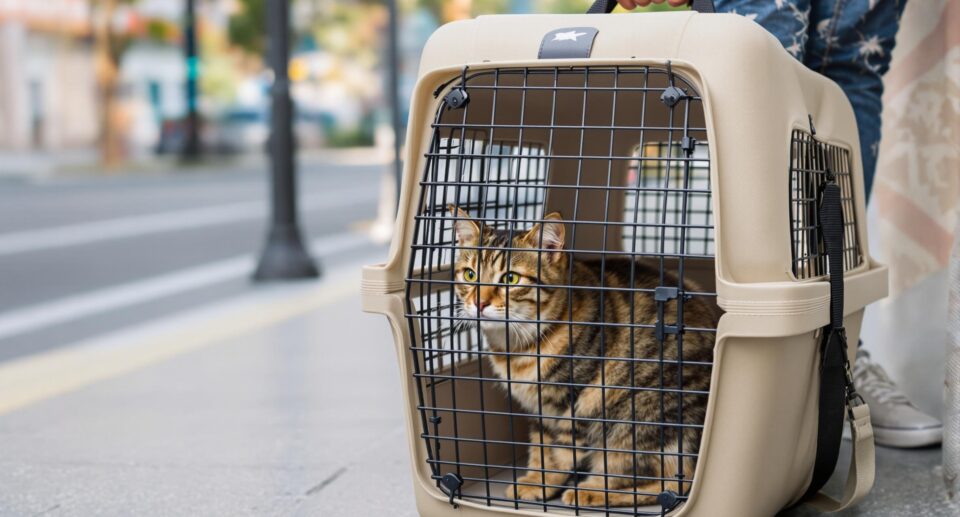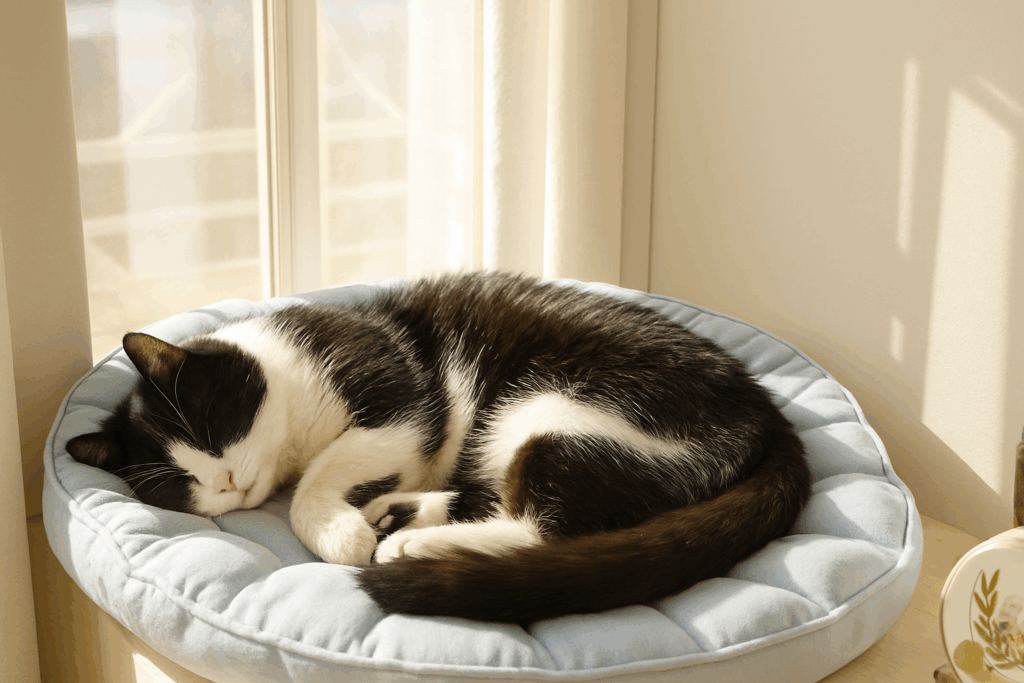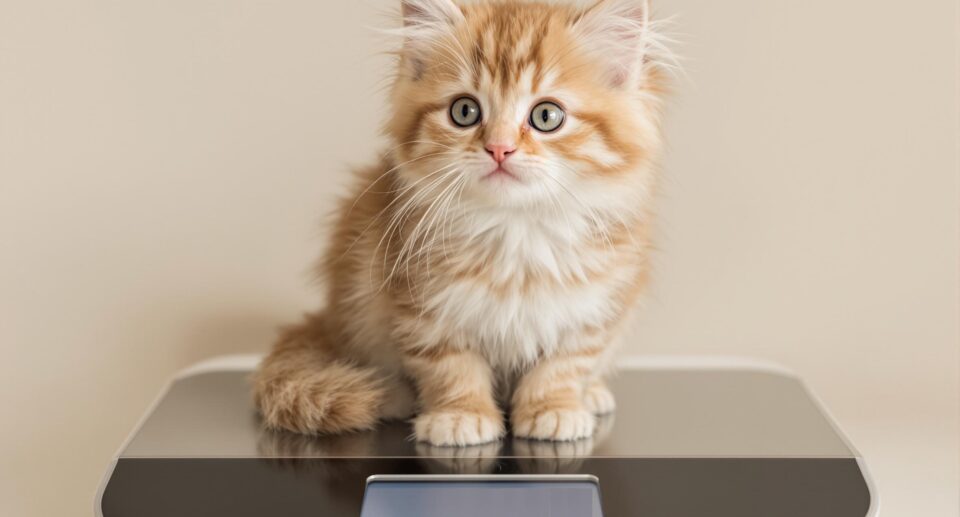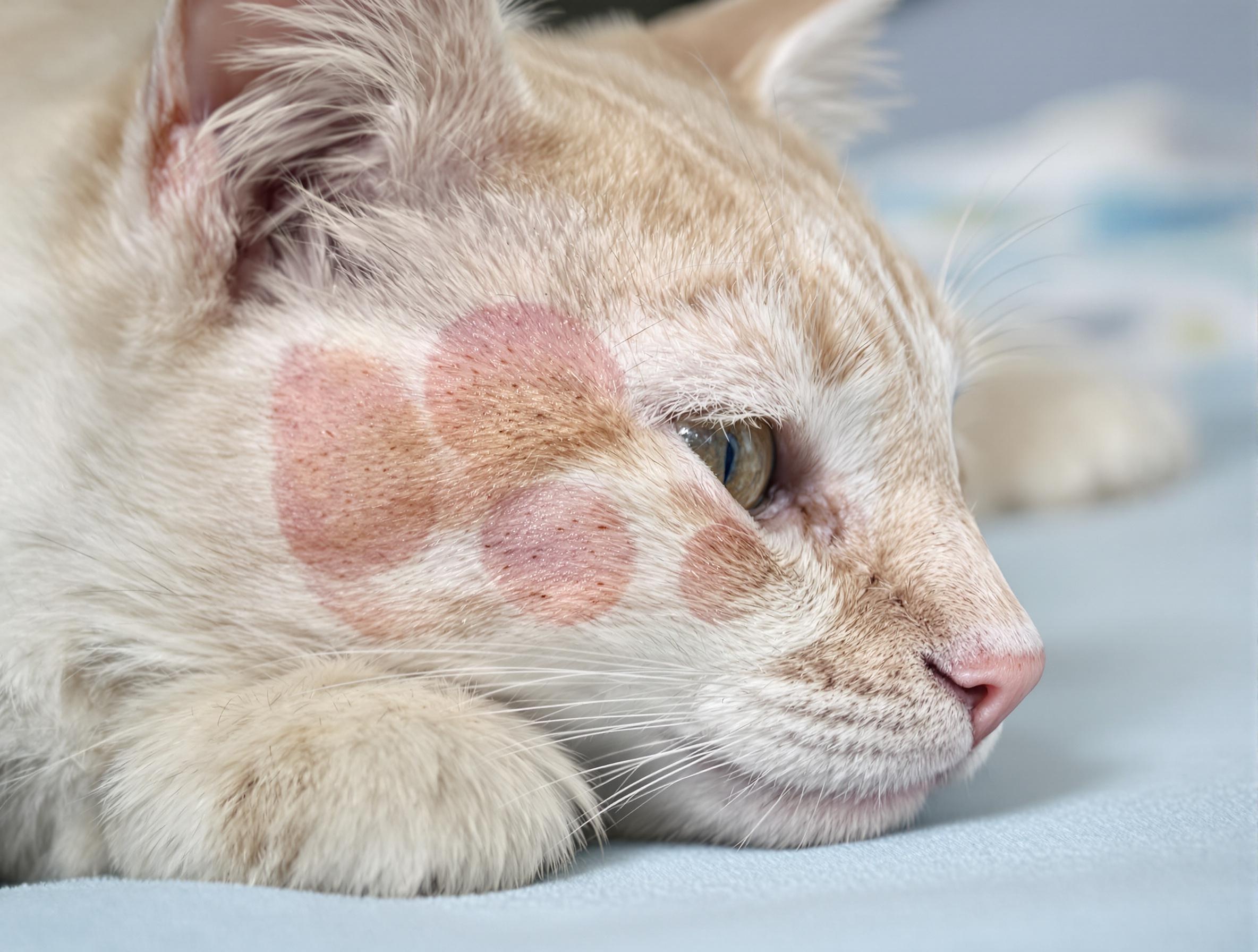
Key Takeaways:
- Cats thrive on familiarity; start travel preparations gradually to ensure they adapt comfortably to new experiences.
- Creating a calm travel environment with familiar items and thoughtful practice sessions fosters a stress-free journey for your cat.
- Essential travel supplies are crucial for a seamless and safe travel experience with your feline companion.
More pet parents are hitting the road with their feline companions, with 78% of pet owners now including their pets in their travel plans. While cats tend to prefer familiar surroundings, thoughtful preparation can help them adapt to new environments and make travel a more relaxed experience for everyone involved.
This guide shares practical advice on understanding your cat’s behavior, building travel confidence, packing smart, and creating a smoother ride for you and your furry co-pilot. For even more insights and helpful resources, check out the cat supplies category on 1800PetMeds.
Helping Your Cat Feel Calm on the Road
Start with Low-Stress Travel Preparation
One of the most important first steps is getting comfortable with the carrier. When a carrier is only used occasionally, it can feel unfamiliar or stressful to your cat. Building familiarity helps change how they respond when it’s time to travel.
A few minutes a day is often enough to help the carrier feel like part of their space, not a disruption.
To get started, try this gradual approach:
- Pick a carrier that fits well: It should be well-ventilated and big enough for your cat to turn around comfortably.
- Set it in a familiar spot near your cat’s favorite hangout so it blends into their space.
- Add comfort items: A soft towel that smells like home, a favorite toy, or a treat inside can make the space more inviting.
Once your cat starts walking in and out on their own—or even naps inside—you’re ready to move on to the next phase.
Ease Your Cat Into Travel Routines
Getting used to travel’s motion, noise, and new sights takes time. Rather than jumping into a full trip, you can introduce those elements gradually so your cat has time to adjust.
Here are a few ways to build comfort before the trip:
- Practice short drives: Start with five-minute sessions in a parked car. Let your cat settle in the carrier, then work up to short drives.
- Ease into sound and motion: Play soft background noise—like music or road sounds—during mealtime or downtime.
- Keep things steady: Calm movement, quiet voices, and slow transitions help your cat feel safe.
These small exposures give you a better sense of what your cat handles well and where it might need more support.
Consider Calming Aids or Medication for Cat Travel
Even with the best preparation, some cats still get anxious when it’s time to travel. If your cat struggles to stay calm, there are a few helpful options that can make the journey more comfortable for both of you.
- Try pheromone sprays: These mimic the calming pheromones cats naturally produce when they feel safe. Spray the inside of your cat’s carrier or car about 15 minutes before you leave.
- Consider calming supplements: Look for supplements with ingredients like L-theanine, tryptophan, chamomile, or valerian root. These are available as chews, drops, or soft treats.
- Ask your vet about prescription options: Gabapentin is commonly prescribed for cats with severe anxiety during travel or vet visits.
You can explore more cat anxiety relief options to help your feline stay relaxed on the road.

Supporting Your Cat During the Trip
Now that you’re on the move, your focus shifts to keeping the environment as steady as possible. The goal isn’t to create a perfect setup—it’s to reduce stress where you can and check in along the way.
Here’s how to make the ride more manageable:
- Stabilize the carrier: Buckle it in with a seatbelt to prevent sliding, and place it in a shaded, draft-free spot.
- Minimize stimulation: Drive smoothly and keep the volume low.
- Build in breaks: On longer drives, stop every few hours to offer water and check on your cat’s behavior.
If your cat seems tense—wide eyes, restlessness, or loud vocalizing—pull over when it’s safe. A quiet pause can make a big difference. If motion sickness is a concern, talk to your vet about safe options.
Packing Essential Cat Travel Supplies
Having the right supplies can make travel days go much more smoothly. They keep you organized, help you avoid surprises, and make it easier to maintain some of your cat’s routine while you’re away.
Health and Safety
- A secure, well-ventilated carrier
- Copies of vaccination records and medical info
- Pet-safe first-aid kit
- Contact info for nearby vet clinics
- Emergency plan for longer trips
Daily Essentials
- Regular food and treats
- Collapsible food and water bowls
- Travel litter box and scoop
- A towel or soft item that smells like home
Backups and Organization
- Extra food, water, and litter
- Medications
- Recent photo and ID details
- Labeled bins for quick access
For convenient and reliable supplies, explore cat travel and safety essentials on 1800PetMeds.
How to Help Your Cat Adjust to Overnight Stays
Spending the night in a new place can throw your cat off, especially after a day of travel. You don’t have to recreate home perfectly, but a few familiar touches can help things feel more settled.
Here’s how to make that first night easier:
- Create a home base: Set up a favorite blanket or bed and the litter box in a quiet part of the room.
- Start small: Let your cat stay in one room at first, then expand as they adjust.
- Keep routines steady: Stick to familiar mealtimes and play sessions to provide comfort.
Your cat may take a few hours—or a full day—to adjust. Stay patient and let them explore at their own pace.
Small Steps for Smoother Cat Travel
Every cat is different, and so is every trip. The key is tuning into your cat’s signals, planning ahead, and adjusting based on what helps them stay calm and comfortable. From choosing the right carrier to packing essentials and easing them into new environments, small details make a big difference.
A little extra prep means fewer surprises on the road—and a more relaxed travel experience for you both. Explore more pet care insights and practical guides in the cat care and wellness category on 1800PetMeds.





